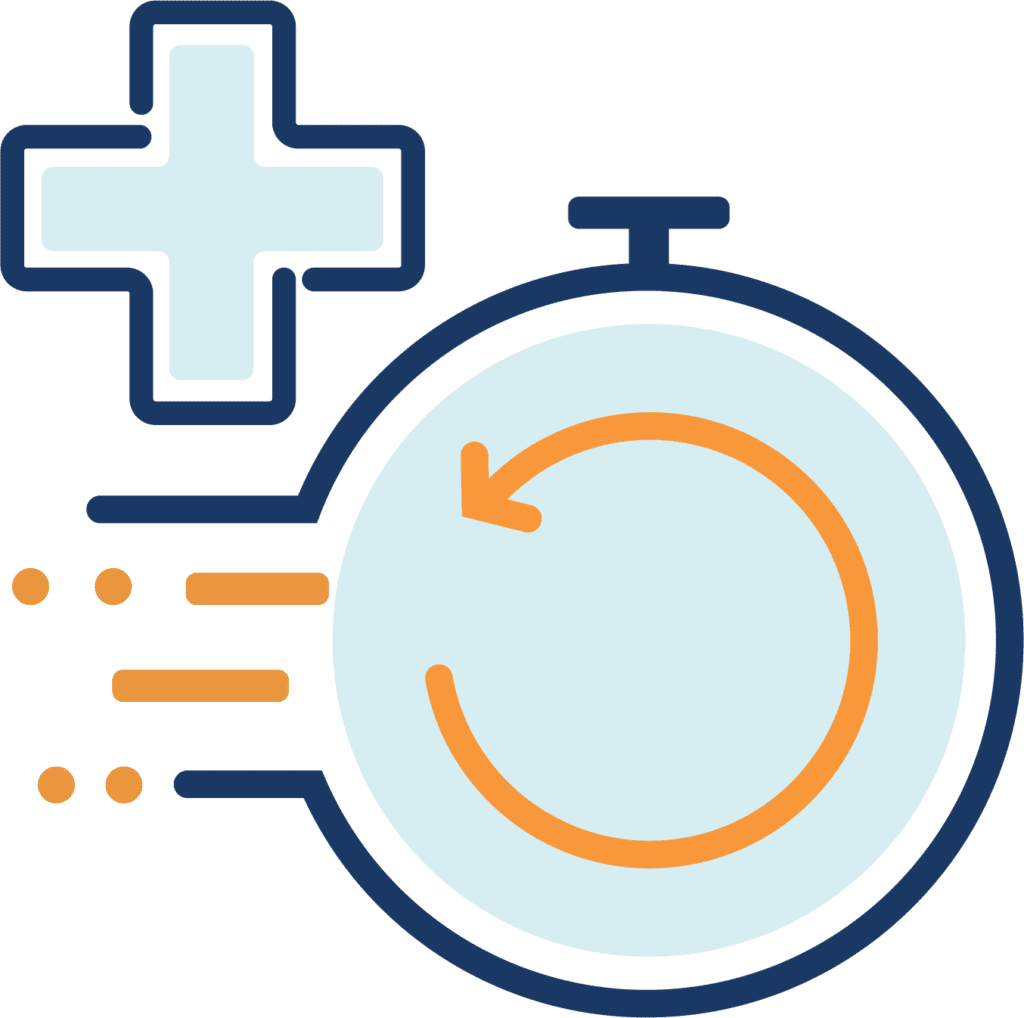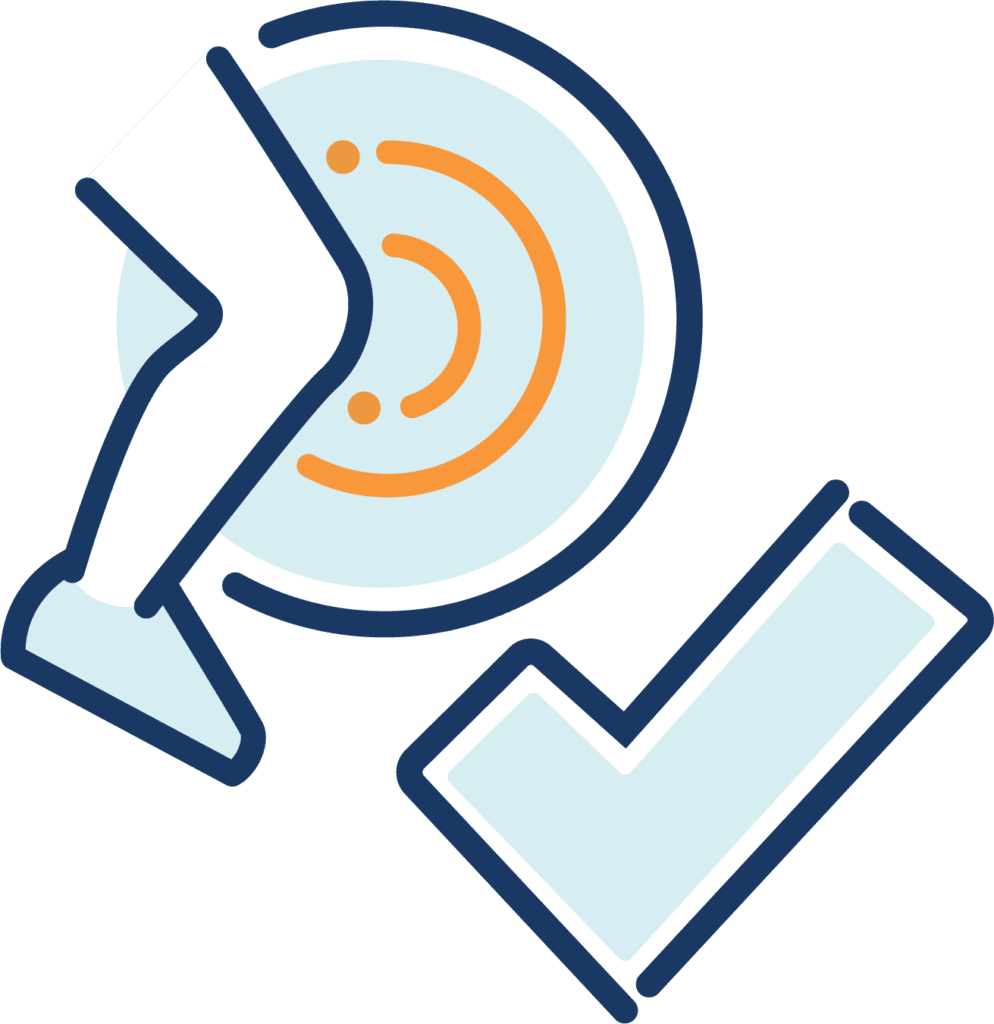Without an accurate diagnosis from a highly trained, musculoskeletal professional, many conditions can be easily misdiagnosed, resulting in ineffective and inefficient care. Not all pain is the same, and it’s important to understand the underlying cause to accurately treat and resolve the pain.
For example, tennis elbow (also known as lateral epicondylitis) could be caused by a problem in the neck. In other words, it may not be coming directly from the elbow. Knee pain is often the result of weak hip muscles, like the gluteus medius, that control the position of your knees when you are walking, running, or jumping.
Low back pain is one of the most common musculoskeletal conditions and one of the injuries we consistently treat at Airrosti. Experts have estimated that approximately 80% of Americans will experience low back pain during their lifetimes. Not only is low back quite common and often debilitating, but it’s also extremely hard to diagnose.
It can result from injury, activity, or underlying medical conditions. Low back pain may be linked to the bony lumbar spine, discs between the vertebrae, ligaments around the spine and discs, spinal cord and nerves, lower back muscles, and even abdominal and pelvic internal organs.
The human back is composed of a complex structure of muscles, ligaments, tendons, discs, and bones, which work together to support the body and enable us to move around. The segments of the spine are cushioned with cartilage-like pads called discs. Problems with any of these components can lead to back pain.
Even with expensive diagnostic tests, frequently prescribed by healthcare providers, identifying the root cause of back pain can be extremely difficult. This often leads to ineffective care or long-term treatment plans and opioid prescriptions designed to mitigate the symptoms without resolving the true source of the pain.








